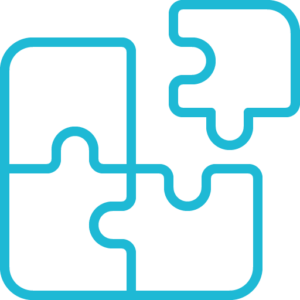RESOURCES
Privacy & terms
Quality Policy
Chlorine dioxide
Cutting-edge chlorine dioxide dosing systems designed to deliver reliable and effective water treatment solutions
Advanced contaminant removal
Our chlorine dioxide water treatment dosing system is the ultimate solution for preventing the growth of legionella bacteria in water systems. With its powerful ability to break down biofilm build-up in pipes and tanks, our ClO2 dosing systems provide unmatched efficiency in disinfection and odour control across various applications. From batch dosing to continuous dosing, skid-mounted and on-site generation systems, we offer a full range of options with a plethora of accessories and add-ons to choose from. Our team also provides fully customised systems tailored to your specific needs, giving you complete peace of mind.
Why choose us for chlorine dioxide systems?
ADVANCED OXIDATION
Effective removal of contaminants and compounds
PRECISE
State-of-the-art dosing technology for precision and consistency
COMPACT
Space-saving designs ideal for small spaces
SEAMLESS INTEGRATION
Our fully integrated skid-mounted package units are easy to install, whether as part of a new setup or a retrofit
SMART CONTROL
Fully automatic, state-of-the-art smart monitoring and controls, with remote monitoring options
COMPREHENSIVE SOLUTIONS
We offer complete design, installation, service and maintenance solutions
How chlorine dioxide dosing systems work
Chlorine dioxide dosing applications

Industrial systems
Water supply
Wastewater treatment

Swimming pools

Healthcare

Agriculture

Oil & gas

Mining & minerals
The Evolve edge
Evolve Water specialises in advanced chlorine dioxide dosing systems, offering unparalleled solutions for water treatment. Our commitment to water purity and safety drives us to engineer systems that meet and exceed the highest performance and efficiency standards. With a deep understanding of water treatment’s critical role in various settings, our ClO2 dosing systems cater to the unique demands of commercial and industrial applications, guaranteeing reliable and superior water treatment outcomes. Leveraging our extensive technical experience in water treatment and purification system design, we ensure that every solution perfectly aligns with our client’s specific water qualities, site requirements, and limitations.



